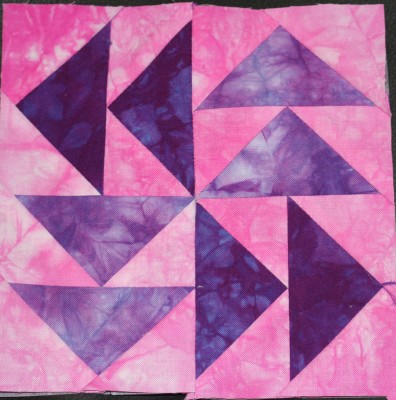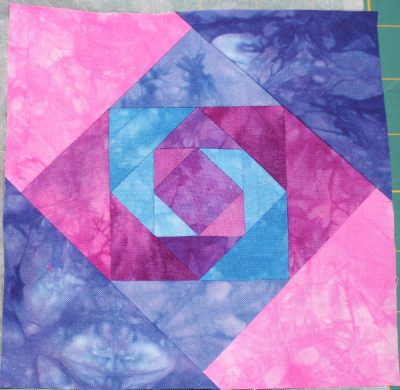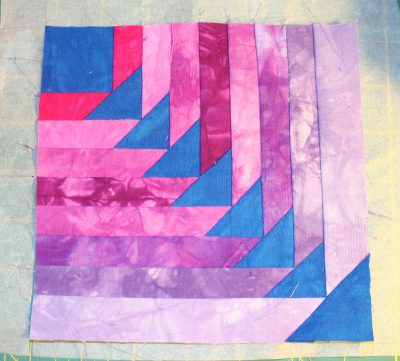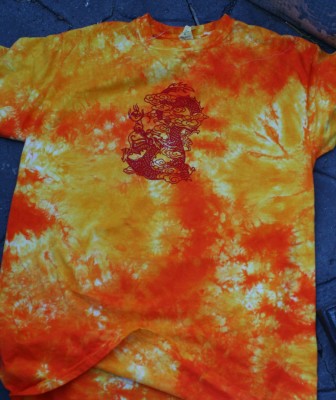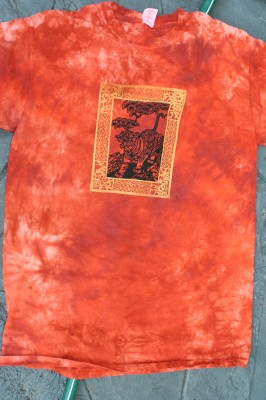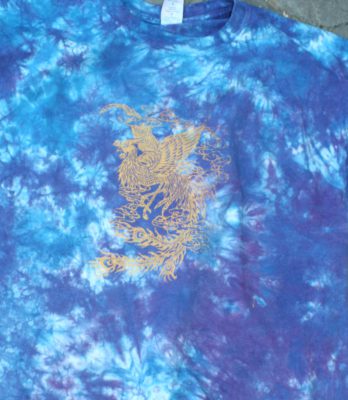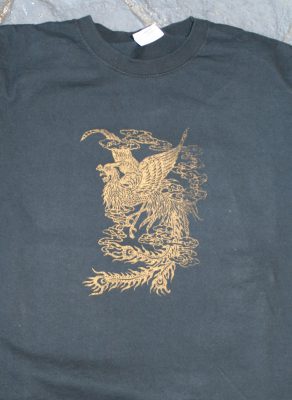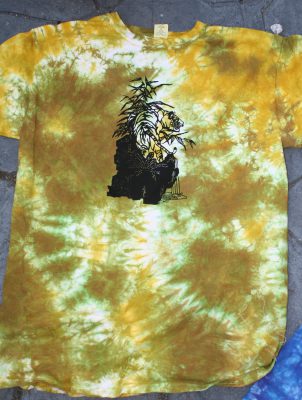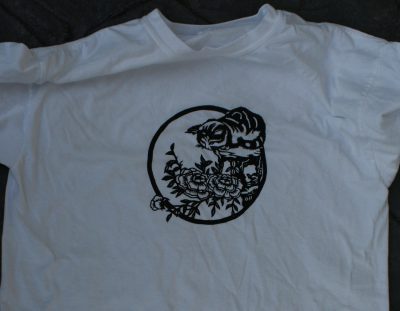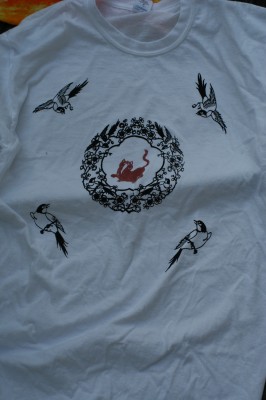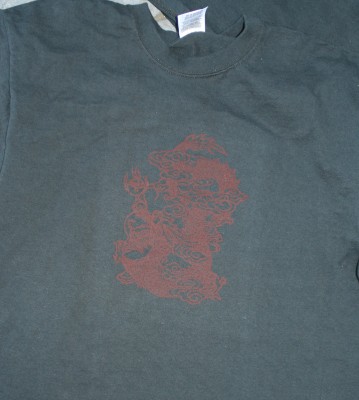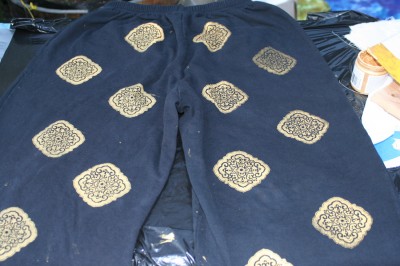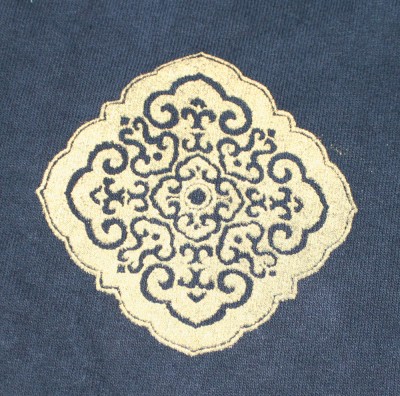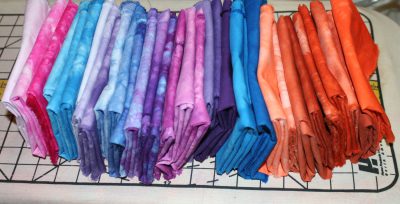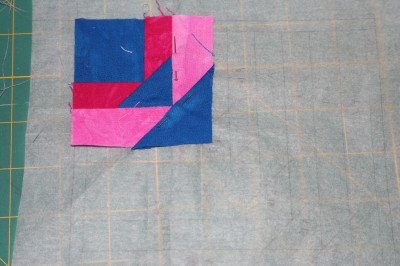I took a few hours this afternoon to catch up on my quilt class “homework”. You may recognize this fabric:
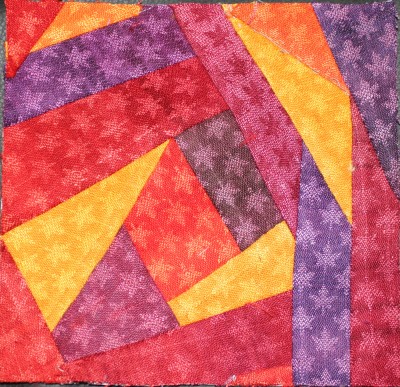
It’s made with teeny-tiny scraps, not even big enough for a sample exchange. (That fabric was so hard-won I hate to throw away even the tiniest pieces!) I flipped one piece upside down to get a little more value contrast. I like the effect, but I should have done several pieces; with just the one piece, it looks accidental.
And here are two others:
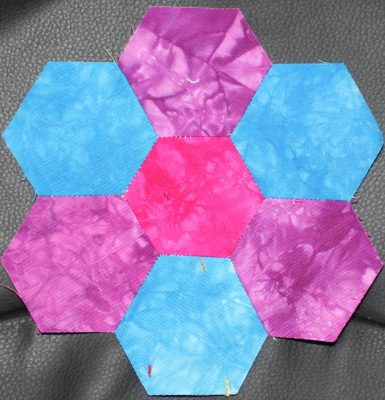
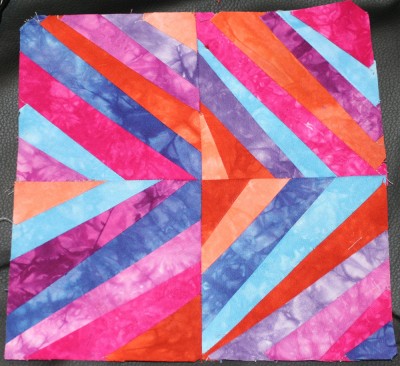
I’ve also caught up on administrative stuff: fifty samples of Autumn Splendor fabric are winging their way to the Fine Threads and Beyond Plain Weave Garment Study Group Complex Weavers sample exchanges. This sounds relatively simple, but between doing the write-up and assembling photos, samples, and thread samples, it’s taken me nearly eight hours to do all fifty samples! (I actually did two separate write-ups – the Fine Threads and Garment study groups have different focuses, so I tried to keep the write-ups tailored to the audience.)
And I’ve cleaned the studio, paid the bills, and cut out touch swatches for Kodachrome and Autumn Splendor’s entries to CNCH, the Conference of Northern California Handweavers. (Entry deadline is end of March.) I haven’t yet finished the edges of the swatches, but have pity on a girl! There’s only so much admin stuff I can take in one day. I’ll do that part tomorrow, or next weekend. There’s no hurry.
I had originally intended to do dyeing/screen printing work today, but it rained all week and today is cold and blustery – not the best weather for working outdoors! So I’ll probably spend it reading, or chewing through John Marshall’s PDFs/videos on carving stencils. (I picked up a copy of the DVD at the quilt show.) And doing some analysis. I have lots of ideas for Phoenix Rising buzzing through my head, and it’s time to write them all down, then sort them out. I have visions of echo weave, collapse weave, devore, and woven shibori dancing in my head…not to mention dozens of dye techniques…time to figure out what combinations/samples I want to weave!
